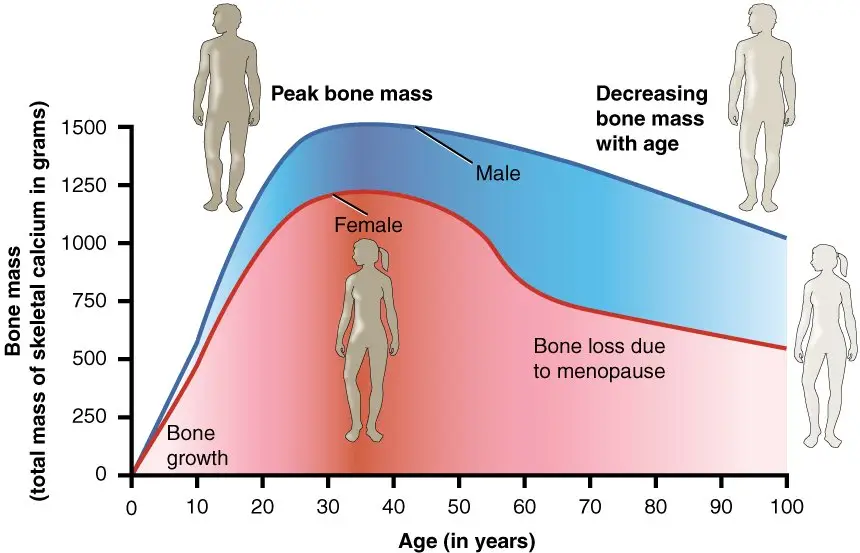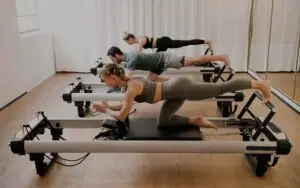Osteoporosis isn’t merely about fragile bones, it’s a complex condition that drastically affects millions globally. This skeletal disorder, characterised by decreased bone density and mass, significantly heightens the risk of fractures. While it predominantly impacts Caucasians, older adults, and women, it spares no age group, gender, or race entirely.


A Look at the Numbers
The data from the International Osteoporosis Foundation paints a stark picture: one in three women and one in five men over the age of 50 will suffer osteoporotic fractures in their lifetime. These are not just statistics, they represent a considerable decline in quality of life and a hefty financial toll on healthcare systems.


Timing is Everything
Our bones are at their best between ages 25 and 30, hitting peak bone mass. Past the age of 40, however, we begin a slow descent, gradually losing bone mass. This underscores the critical need for early diagnosis and proactive management to prevent the onset of osteoporosis and avoid fractures.
The Power of Movement
Forget the old prescription of extensive rest post-injury. The modern approach to musculoskeletal injuries involves movement—resting for more than 48 hours is typically more harmful than helpful. The body’s musculoskeletal system deteriorates rapidly when physical stress is withheld, making rehabilitation a dance of applying safe, strategic stresses aligned with recovery goals.
Exercising for Stronger Bones
Exercise isn’t just good for your muscles; it’s vital for your bones. Engaging in regular physical activity not only helps maintain bone density but stimulates new bone growth. This combination is your best defence against fractures by enhancing strength, balance, and overall bone health.


Current Exercise Recommendations for Older Adults with Osteopenia/Osteoporosis
- Balance Training: Aim for 15-20 minutes per day, adding up to about 2 hours per week.
- Aerobic Activity: Keep your heart and bones healthy with 30-60 minutes per day, five days a week.
- Resistance Exercises: Build strength with two sets for each major muscle group, performing 8-12 repetitions, two days a week.
Nutrition: The Unsung Hero of Bone Health
Bones are the body’s reservoirs for calcium, but they’re at the mercy of the bloodstream’s calcium levels. If your blood calcium dips too low, your body will pull what it needs from your bones. Ensuring a diet rich in calcium and vitamin D is critical. Vitamin D enhances calcium absorption, critical for bone health, and without it, all the calcium in the world wouldn’t do your bones any good.
Good Sources of Vitamin D:
- Oily fish like salmon and mackerel
- Egg yolks
- Fortified foods such as milk and cereal
Understanding Bone Dynamics
Bones are far from static; they’re dynamic tissues continuously undergoing remodelling and modelling. These processes aren’t just about maintenance—they reshape and resize our bones and are influenced by nutrition, physical activity, and hormones.
Take Charge
Osteoporosis might sound daunting, but it’s far from a life sentence. With timely interventions, including strategic exercise and targeted nutrition, managing and even preventing osteoporosis is within your grasp. Don’t wait for the first fracture to take action; your bones need you now more than ever.





